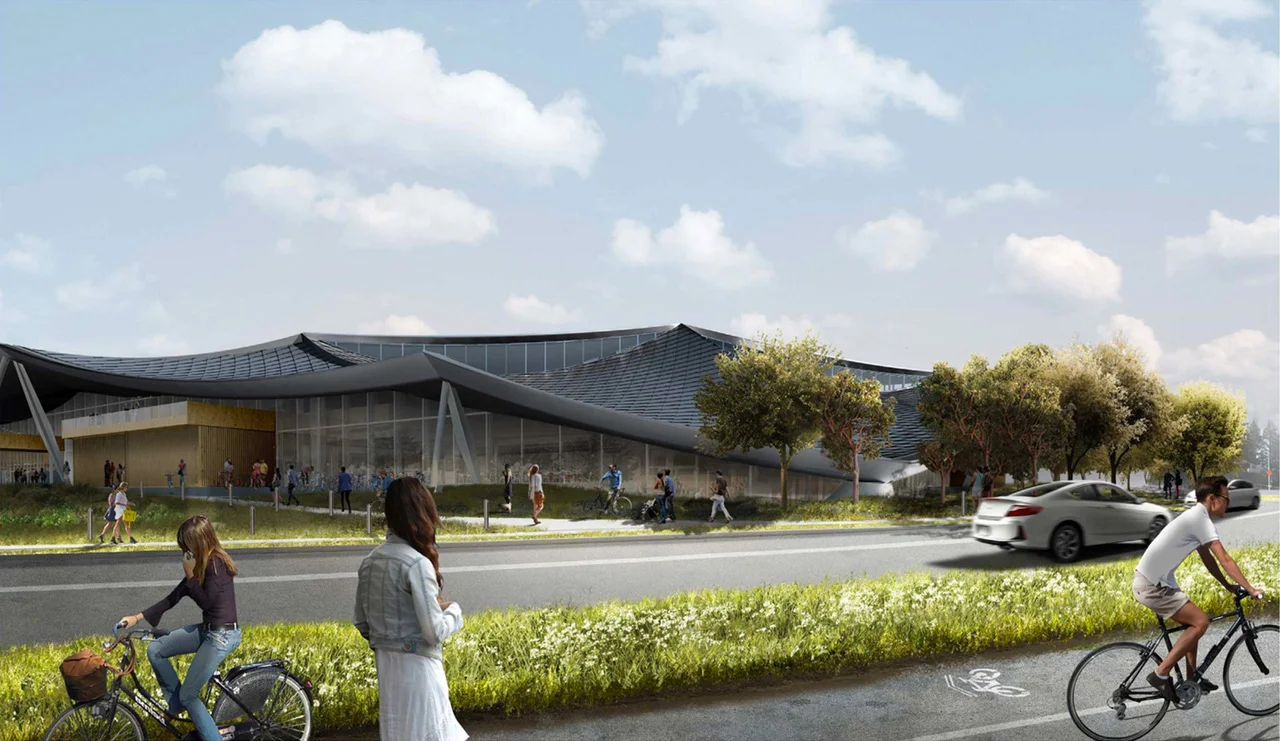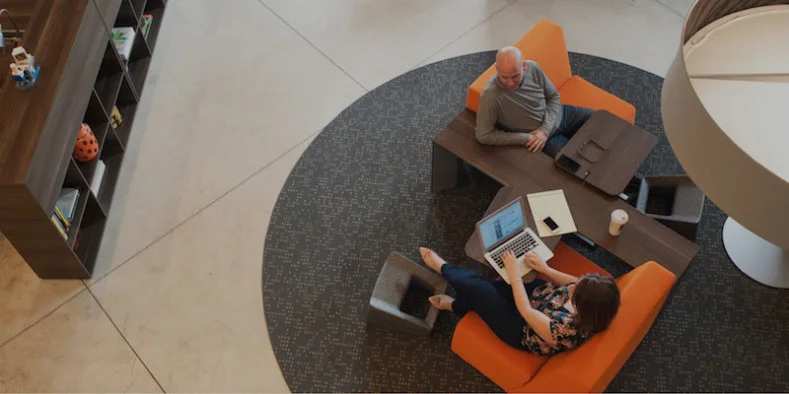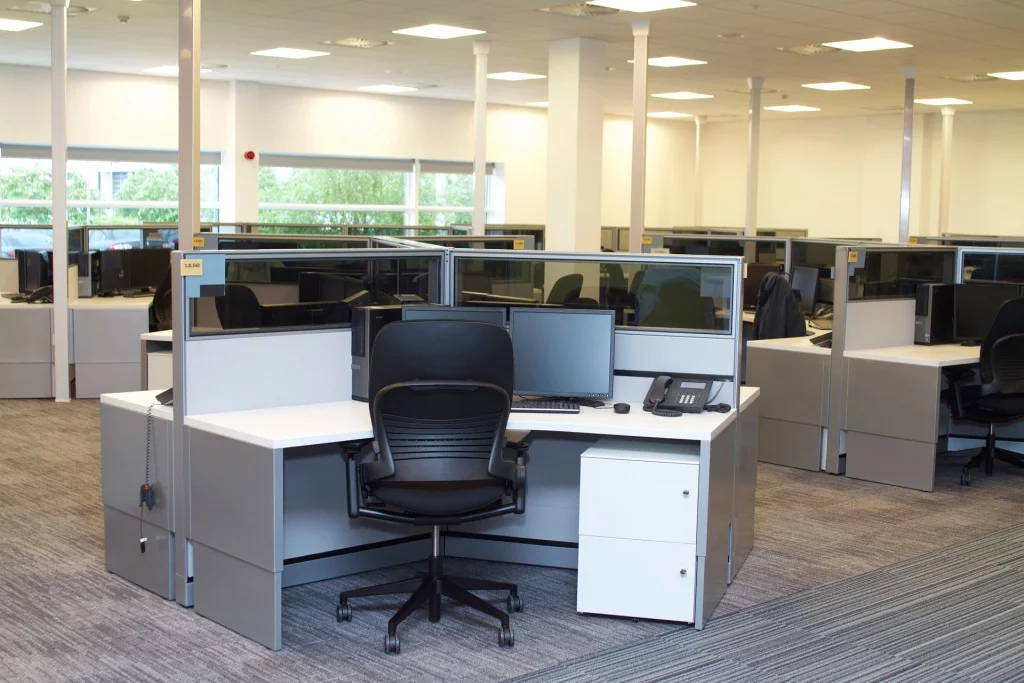In recent years, the physical design of the typical workplace has undergone significant change. Many organizations have shifted from individual cubicles and private offices to open-plan designs, and have implemented features like standing desks and whiteboard walls to emphasize increased focus, teamwork and flexibility.
While the perfect workspace must be unique when it comes to any particular business, there are common steps that every organization can take to realize its ideal environment.

























